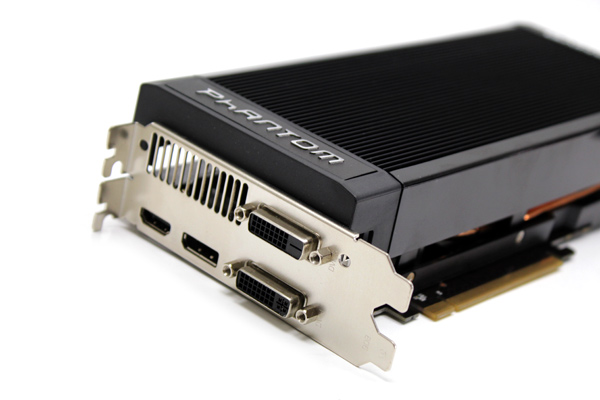Index
Gainward GTX 660 Ti Phantom 2GB is the spitting image of the company’s GTX 670 Phantom. The only difference between the coolers is in the small sign on top. 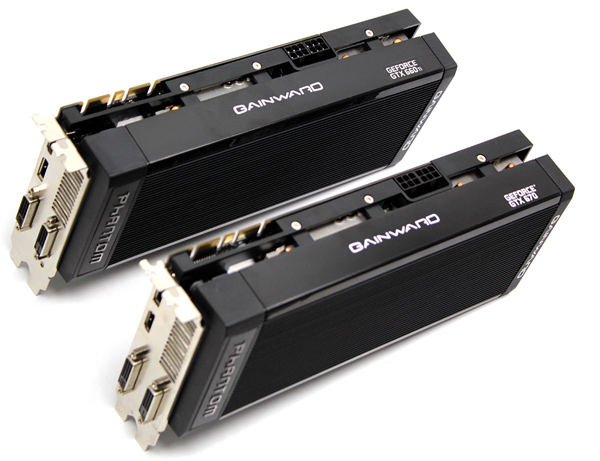
The fans are hidden behind the heatsink but if you peek through, you’ll see two silhouettes.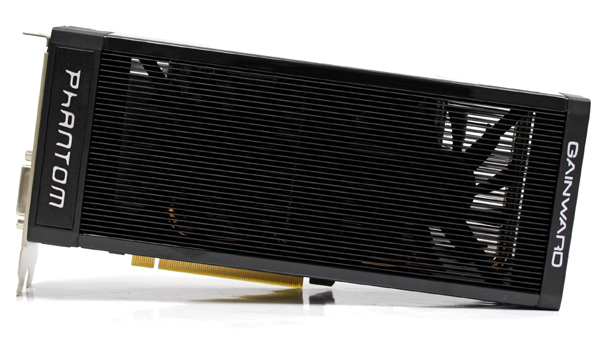
GTX 660 Ti Phantom is 24.5m long, which is about the same as the reference GTX 660 Ti. Reference GTX 660 Ti cards (including GTX 660 Ti Phantom) are powered via two 6-pin power connectors, just like the GTX 670. The power connectors are not at the end of the card because the PCB is only 17.3cm long, picture below.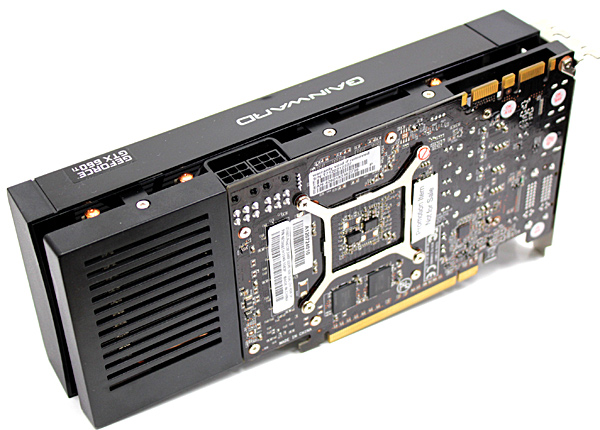
Looking at the back, Gainward GTX 660 Ti Phantom looks much like the reference GTX 660 Ti card. Gainward also extended the PCB with the plastic part. The reference card’s plastic “extension” holds a fan though, whereas Gainward used it to better fasten the massive Phantom cooler. The Phantom’s fans were placed inside the plastic shroud, which is easily removable, picture below. 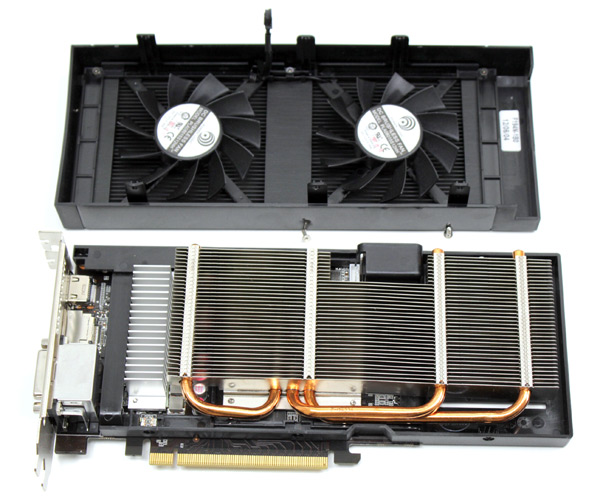
We’re looking at the same fans used on GTX 670 Phantom series. In fact, we didn’t notice any difference between the coolers. Of course, that’s a good thing, since the GTX 660 Ti should end up cooler and, in turn, really quiet. 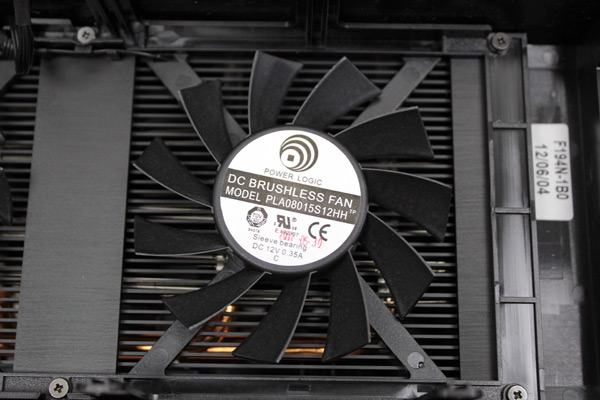
The Phantom’s cooler uses three copper heatpipes and strangely enough, an aluminum base. The GTX 670 Phantom wasn’t really quiet when under load and we think that the cooler would’ve been better off with a copper base. Still, the GTX 660 Ti shouldn’t get as hot, so we’re expecting better results in both fields. 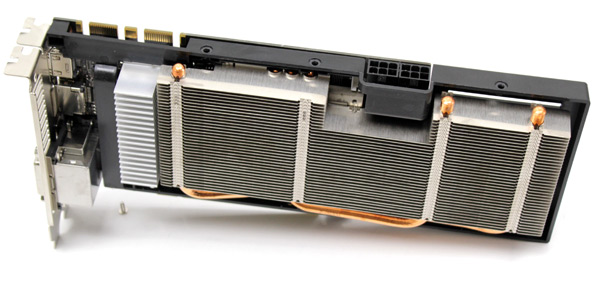
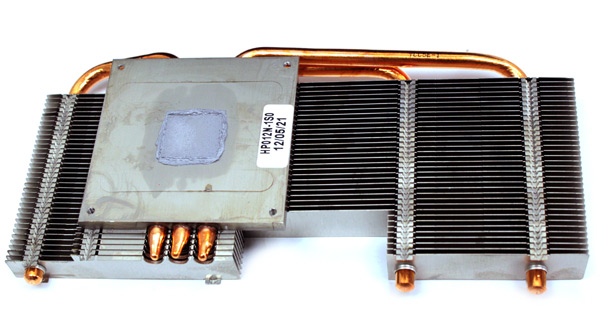
Gainward’s GTX 660 Ti Phantom runs Hynix memory chips (model No: H5GQ2H24AFR-R0C). The chips are specified to run at 1500MHz (6000MHz GDDR5 effectively). GTX 660 Ti Phantom’s memory runs at 1527MHz (6108MHz effectively). Two of the eight memory modules are on the back of the PCB. 
The GTX 660 Ti Phantom has two SLI connectors. We’re not sure about Quad SLI support but the GTX 670 initially didn’t support it, only to get it in 301.42 driver. Nvidia officially supports only 3-way SLI, however, we're talking about driver restrictions.
Gainward GTX 660Ti Phantom graphics comes with two dual-link DVIs, one standard HDMI and DisplayPort connectors. It’s important to note that Nvidia addressed its previous multi-display “disadvantages” so Kepler based cards can now run up to four displays simultaneously. 